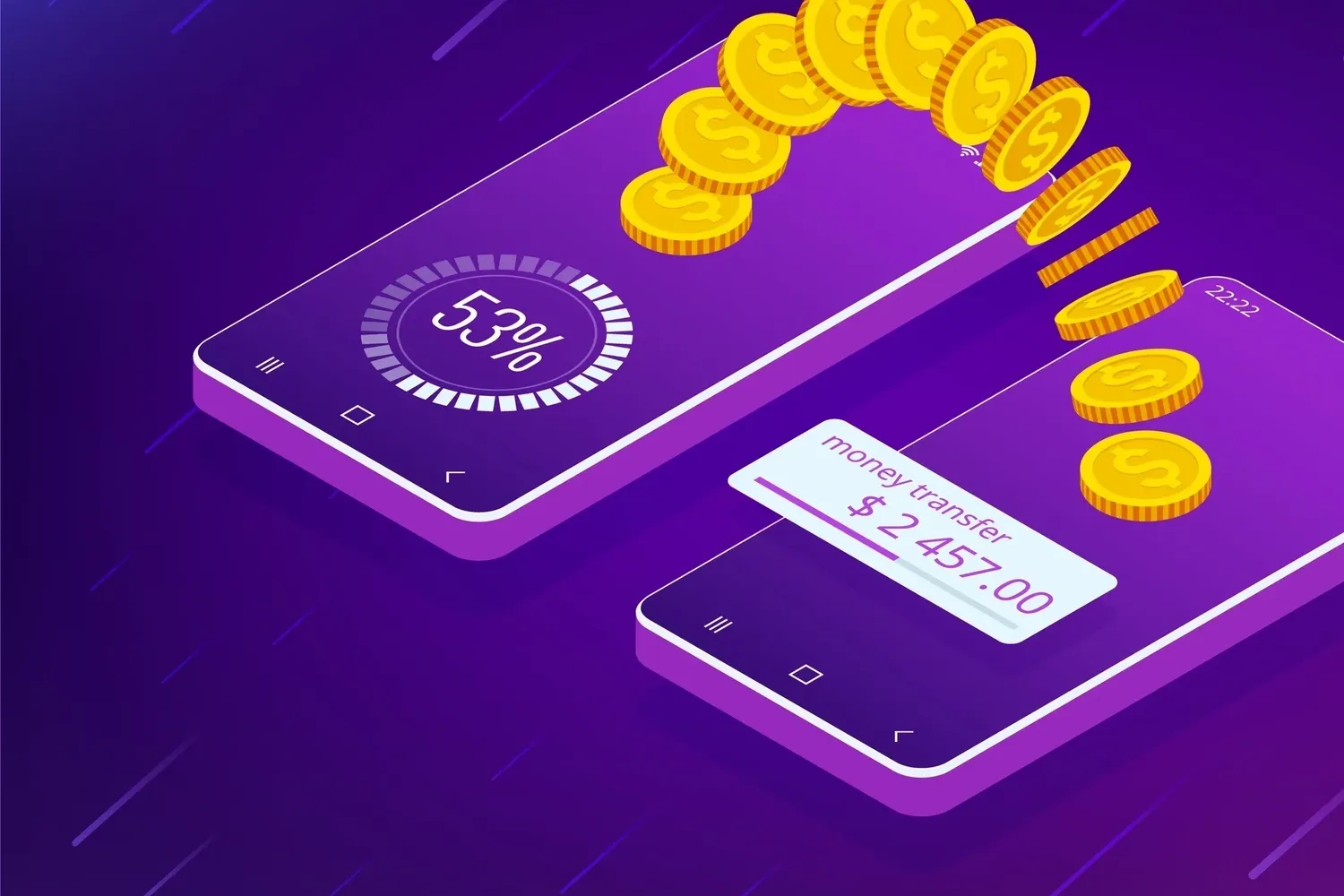
Table of Contents
- 1. Business Need Analysis and Requirement Identification
- 2. Regulations and Compliance
- 3. Application Design and User Experience (UX/UI)
- 4. Choosing the Right Technology Stack
- 5. Developing and Testing the Application
- 6. Mobile Security Measures
- 7. Application Integrations and API Usage
- 8. App Release and Marketing Strategies
- 9. Constant Updates and Support
- Conclusion
Share
Money transfer applications have an important place in today's digital world. When people want to send money from anywhere to another, these applications come into play. These applications allow easy money transfers between various financial instruments such as bank accounts, credit cards, and e-wallets. Basically, they facilitate and accelerate financial transactions in a digital environment by allowing users to send and receive money through a platform. Many people around the world prefer these digital solutions instead of ordinary bank transactions without wasting time.
Especially in the globalizing world, money transfer applications offer unlimited functionality, allowing fast and low-cost money transfers between users in different countries. Such applications offer an effective solution that allows not only individuals, but also small businesses and large companies to manage their payment transactions.
Money transfer applications not only offer users an easily accessible platform, but also stand out with advantages such as security, fast transaction times, and low transaction fees. However, behind a successful money transfer application lies a strong technology infrastructure, user-friendly design, and strict legal compliance. When these elements come together, an environment is created where users can send and receive money securely.
Purpose of This Guide
The purpose of this guide is to provide a comprehensive roadmap for anyone considering developing a money transfer app. First of all, we will explain the basics and steps on how to create a money transfer app. If you are an entrepreneur or planning to enter this industry as a software developer, this guide will provide you with the information and strategy you need.
In this guide, we will cover every important point to consider from the initial stages of the application. We will provide a wide range of guidance, from knowing your target audience, conducting market research, deciding on the most suitable technology stack, to taking security measures. We will also provide suggestions on the challenges that may be encountered during the application development process and how to overcome these challenges.
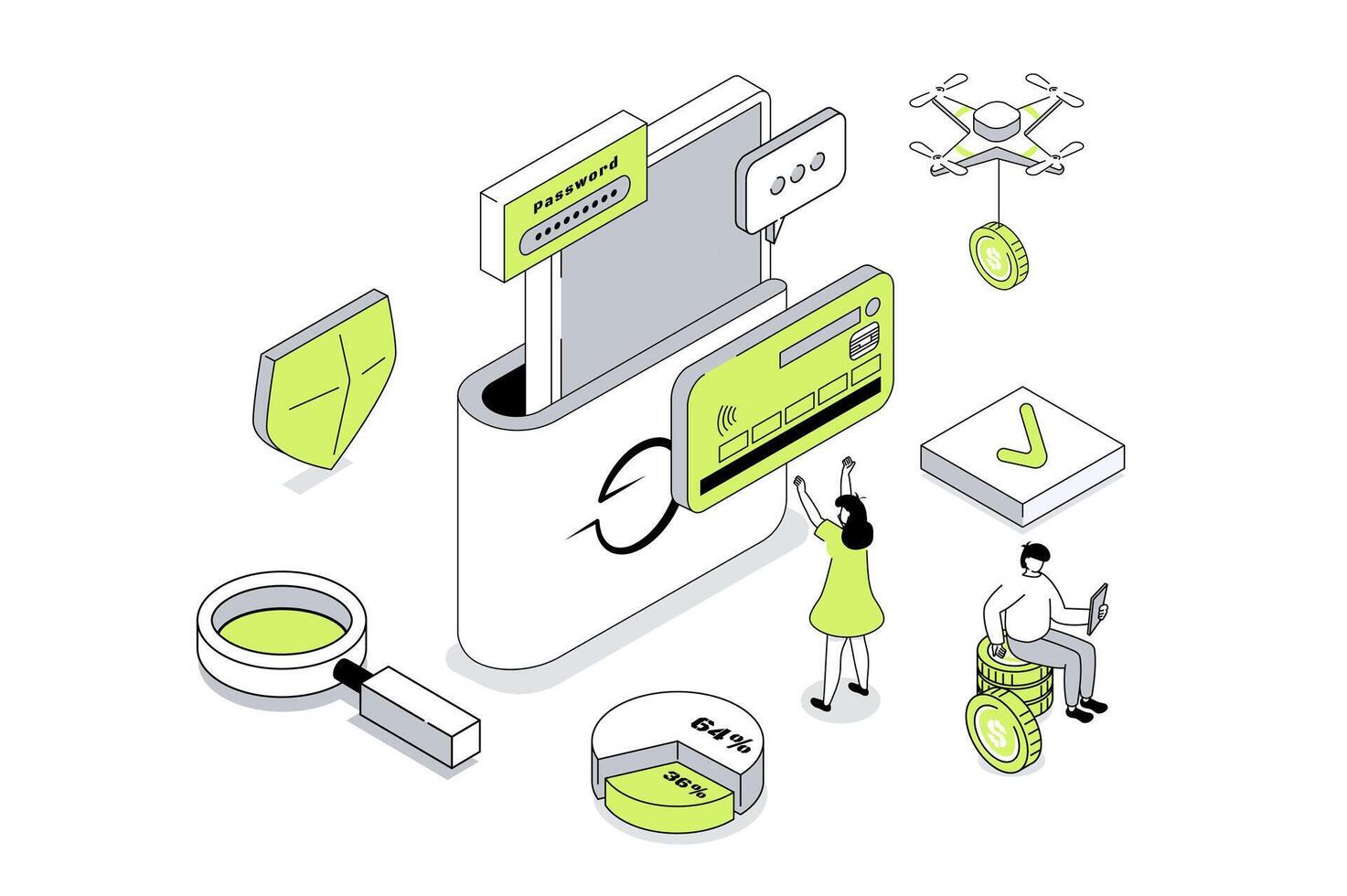
1. Business Need Analysis and Requirement Identification
Know Your Target Audience
The first step to developing a successful money transfer app is to correctly define your target audience. When determining your target audience, you should consider what type of users you want to attract. For example, will your app target only individual users or will it include businesses as well? Business-friendly payment solutions and large transfer requirements may differ from features designed for individual users.
Creating user profiles helps you learn more about your target audience. Factors such as demographic data, age, gender, and income level provide important clues about how users will use the app. Additionally, analyzing user behavior can help you understand which features of your app will be of greater interest. For example, do most users transact via mobile apps or do they prefer web-based platforms? Understanding users’ approaches and expectations towards transfer processes will shape the design and functionality of your app.
Market Research and Competitor Analysis
Market research helps you determine where your money transfer app stands in the industry. Examining competitor apps helps you understand current market trends. Which features are most in demand? Which services do users usually use more and why? Are there any missing features among the features offered by competitors? The answers to these questions can help you discover the competitive advantages that differentiate your app.
For example, some apps may stand out with low transaction fees, fast transfer times, multilingual support, or user-friendly interfaces. In addition to these features, you should also keep in mind that users have high expectations for security and privacy. In order to make a difference in the market, it is necessary not only to imitate existing solutions, but also to offer innovative features. For example, you can get ahead of your competitors by offering features such as faster transfer options, low transaction fees, or additional security measures.
Determine the Basic Features of the Application
A money transfer application must have certain basic functions to be successful. These functions must meet the main purpose of your application and the expectations of the users. Sending and receiving money is the main function of your application. In addition, it is an important requirement for users to be able to make payment integrations securely. The speed and transaction times of your application must be satisfactory to the users.
Security is one of the most important components of money transfer applications. You should have strong encryption techniques and security protocols to protect the financial data and personal information of the users. At the same time, the user experience should also be taken into consideration. Having a simple, understandable and user-friendly interface of the application will make the users use the application more. In addition, fast and easy transaction flows increase user satisfaction and increase the chances of your application's success.
2. Regulations and Compliance
Local and International Legal Requirements
One of the most important issues that every entrepreneur who develops a money transfer app should pay attention to is to comply with legal regulations and compliance requirements. There are a number of legal requirements at the national and international level regarding financial transactions. Your app’s processing and transfer of users’ financial data requires certain security measures and legal obligations.
For example, laws such as Anti-Money Laundering (AML) and Know Your Customer (KYC) require money transfer apps to verify the identities of their users and prevent money laundering by monitoring their transaction history. This is not only a legal requirement, but also a factor that increases the reliability of your app. KYC provides transaction security by collecting users’ credentials, while AML helps prevent financial crimes by detecting suspicious activities.
Another important legal requirement is GDPR (General Data Protection Regulation). If your app is working with users in the European Union, you need to consider the GDPR. The GDPR is a regulation that aims to protect personal data and ensure user privacy. There are very strict rules about how data is processed, stored, and transferred, and it is crucial that your app complies with these rules to avoid the risk of major fines and reputational damage.
In addition, financial regulations and licensing requirements may differ in some countries. Carefully reviewing the regulations and compliance requirements in each country where your app operates is both a legal obligation and essential for the sustainability of your app.
Tax Regulations and Security Standards
Not only legal regulations but also tax regulations are important in money transfer applications. Your application may encounter situations that require taxation on financial transactions or compliance with tax regulations. Especially in international transfers or cryptocurrency transactions, each country has its own tax policies. For this reason, it is important to take the necessary precautions for your application to operate in compliance with tax regulations.
Financial security should also be an indispensable element of money transfer applications. Compliance with security standards is a critical step in protecting users' payment information and personal data. PCI DSS (Payment Card Industry Data Security Standard) is an internationally accepted standard for ensuring the security of payment data. Having your application PCI DSS compliant provides protection both for user security and against possible security breaches. This compliance increases users' trust in your application and protects your business from potential legal problems.
In addition, various security protocols must be implemented for secure payment transactions. Encryption methods and secure connections (SSL/TLS) must be used to ensure that users can securely transmit payment information. The implementation of strong encryption algorithms is critical to data security in order to protect personal data. These security measures protect both your users and your application, and are also important for complying with national and international legal requirements.
3. Application Design and User Experience (UX/UI)
The Importance of User-Friendly Design
A large part of the success of your money transfer app depends on the user interface (UI) and user experience (UX) design. The design of the app directly affects how easily and quickly users can use your app. A complex and challenging design can quickly lose users. Therefore, it is very important to create a user-friendly and functional design that appeals to your target audience.
In a money transfer app, users need to be able to make transactions quickly and securely. Therefore, the design should be simple, understandable and guiding. A simple flow should be created so that users can easily send money, access account information and track transfer statuses. In addition, forms and input fields should be clear to minimize the possibility of users making errors during the process, and all necessary information should be presented clearly to the user.
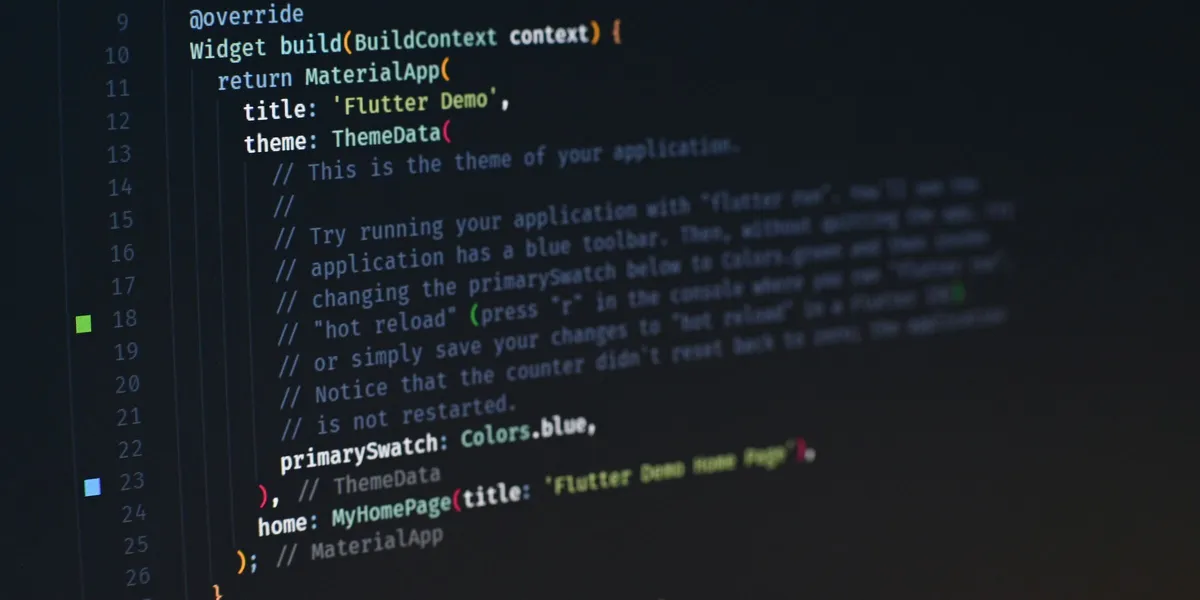
A successful UX/UI design should not only be aesthetically pleasing, but also allow users to navigate your app seamlessly. This will ensure that your app is adopted and used frequently by users. An inclusive and accessible design will allow users with different abilities to use your app comfortably.
Images that Reflect Your Brand Identity
Your app’s visual design is an important tool for effectively communicating your brand’s identity and values to users. The app’s color palette, logo, and graphic elements increase your brand’s recognition, while ensuring users trust and identify with your brand. Therefore, it is very important to integrate elements that reflect your brand identity into your app’s visual design.
You can use your brand colors consistently throughout your app’s user interface to remind you of your brand on every page. This will help users connect with you the moment they open your app. The app’s logos and graphic elements will also reinforce this identity and enhance it aesthetically. The visual design should be designed to keep users away from visual clutter and prioritize functionality and security.
In addition, color psychology is an important factor in presenting your brand in a way that suits your target audience. For example, blue tones can be preferred to create a sense of trust, and green colors can be used to create the impression that transactions are fast and practical. The ability of your users to establish a strong visual connection with the application has a great impact on brand loyalty and user satisfaction.
Responsive Design and Device Compatibility
For the success of your money transfer application, it is important that it works not only on mobile devices but also on different platforms such as tablets and desktops. Users can visit your application using different devices, so the design must be responsive. Responsive design allows an application to adapt to different screen sizes, providing a smooth and user-friendly experience on all types of devices.
Mobile devices are one of the most widely used platforms for money transfer applications. Therefore, a mobile-friendly design provides fast and easy accessibility. However, it is necessary to provide flexibility in design not only for mobile compatibility, but also for tablets and desktops. Tablet screens are usually slightly larger than mobile screens, while on desktops, users can access your application with a larger screen. The design working perfectly on every device encourages users to interact with your application anytime, anywhere.
Providing a responsive design across devices significantly improves the user experience. This allows users to comfortably use the application on any device, screen size or resolution. Even when transacting on mobile, users should be able to get the same efficient experience from the web or desktop application.
4. Choosing the Right Technology Stack
Choosing the Best Programming Languages and Frameworks
Choosing the right programming language and framework for your money transfer application has a huge impact on the security, speed, scalability, and overall performance of the application. Choosing the right technologies is a critical step so that your application can run smoothly across different platforms (iOS, Android, web). Here are some popular and effective programming languages and frameworks:
- JavaScript: The most widely used language for web-based applications. JavaScript is a powerful option for front-end development and can be combined with modern frameworks such as React.js or Angular. It ensures that web applications are fast and dynamic.
- Swift (iOS): Swift, the most suitable language for application development for Apple devices, allows you to create high-performance applications for iOS users. It is known for its powerful memory management and security features.
- Kotlin (Android): Kotlin stands out as a modern and secure language for the Android platform. Kotlin is compatible with Java and allows shorter and cleaner code to be written. It ensures that Android applications work smoothly.
- Python: Python is a widely preferred language for rapid prototyping and server-side development. It offers powerful solutions in backend (server-side) applications with frameworks such as Django or Flask. Python can be an effective option for features such as data security, transaction speed and database management.
Choosing the appropriate languages according to your needs and the platforms your target audience uses will improve both the user experience and operational efficiency of your application.
Database Management and Server Infrastructure
Choosing a secure, fast and scalable database management system for your money transfer application is very important in terms of data security and fast transaction processing. There are two main database types: SQL and NoSQL. Choosing the right database type according to your needs affects the overall performance of the application.
- SQL (Structured Query Language): SQL databases work with relational data structures and are generally preferred for financial applications because they ensure that data is stored securely. For example, SQL databases such as MySQL, PostgreSQL are suitable for managing critical information such as transaction history, user information and financial data. SQL databases are a strong choice for high accuracy and security requirements.
- NoSQL: NoSQL databases are used in applications that require flexible data structures and high scalability. If your application needs to process large amounts of data quickly and respond instantly to user requests, NoSQL databases such as MongoDB or Cassandra may be a good option.
In addition to database selection, the server infrastructure also needs to be reliable and robust. Setting up the right server infrastructure is essential for the application to provide fast response time, secure transaction management, and large-scale data processing capacity. Cloud-based solutions (AWS, Google Cloud, Azure) can increase the scalability and accessibility of the application.
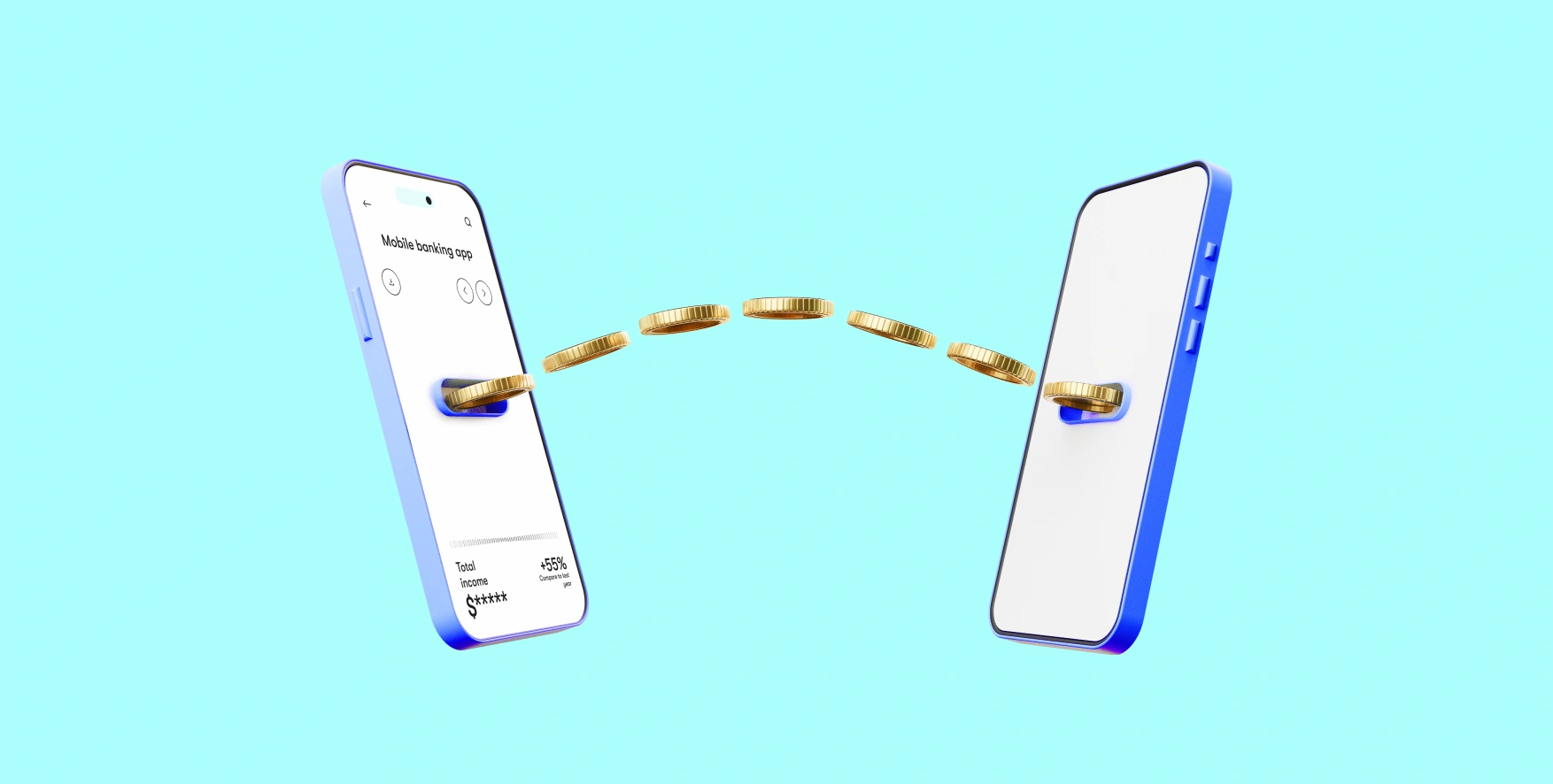
Third-Party Integrations
One of the core functions of your money transfer application is its ability to integrate with various payment gateways and banking systems. Payment transactions are an important component for users to send and receive money securely. It is necessary to plan the integrations with payment gateways and banking systems that will be included in your application correctly.
- Payment Gateways: Payment gateways such as PayPal, Stripe, Razorpay are widely used in money transfer applications. These gateways provide fast and secure payment transactions. To integrate your app with payment processing, API connections must be configured correctly. These integrations allow users to make payments via debit cards, credit cards, or digital wallets.
- Banking Systems: Banking integration is one of the most critical components of money transfer applications. A secure connection must be established with banks so that users can transfer money directly to their bank accounts. API integrations with banking systems allow for fast and secure money transfers using payment protocols such as SWIFT or ACH.
You can also extend the functionality of your app and add new features using third-party APIs. For example, OAuth or 2FA (two-factor authentication) integrations for authentication increase security while protecting user data.
Sonuç olarak, para transferi uygulamanızın başarısı için doğru teknoloji yığını seçimi, güvenlik, hız ve ölçeklenebilirlik açısından kritik bir rol oynar. Bu nedenle, kullanılan programlama dillerinin ve veritabanı yapılarını dikkatle seçmeli ve gerekli üçüncü taraf entegrasyonlarını planlamalısınız.
5. Developing and Testing the Application
Application Development Process
The development of a money transfer application should be carefully planned according to the predetermined business requirements and design criteria. The development process covers many stages, from building each of the application's basic features step by step to all the testing that will be done until it is delivered to the end user. The development process usually includes the following steps:
- Coding Basic Features: The main functions of the application, i.e. sending and receiving money, payment integrations, are first put into code. Each feature is developed both on the server side (backend) and on the user side (frontend). At this stage, user interaction (UI/UX) and security elements are also taken into consideration.
- Integration of Database Structure: At the beginning of the development process, the database structure of the application is created and all data of the application is stored securely. In the database design, data such as transaction history, user information and payment information are stored.
- Third Party Integrations: Integration of the application with payment gateways and banking systems is an important part of the development process. These integrations ensure that payment transactions are carried out securely and quickly.
Regular software updates are made and new features are added throughout the application development process. At the end of the process, a beta version of the application is prepared and developed to be offered for user testing.
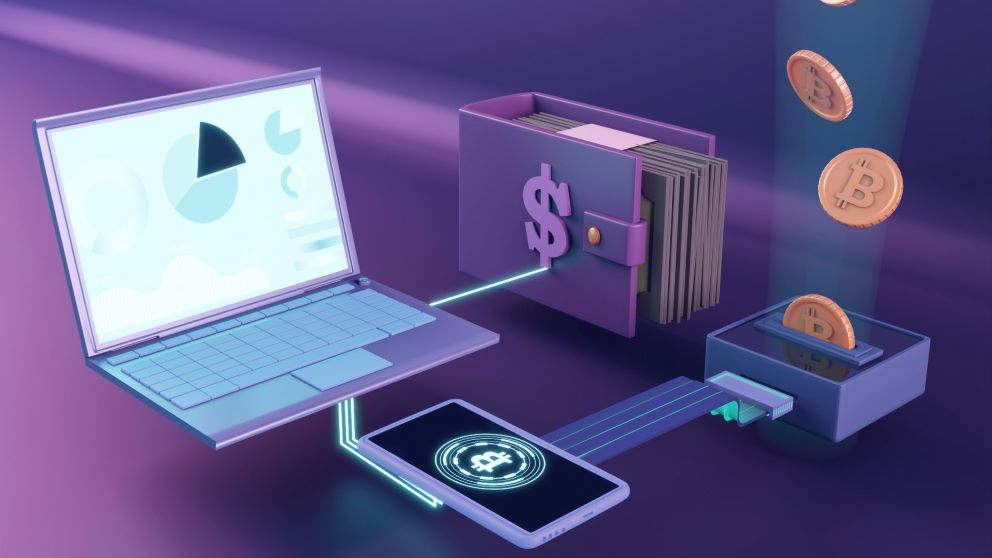
Functional and Performance Tests
One of the most important stages of the application development process is the performance of functional and performance tests. These tests are performed to check whether each function of the application works properly. It is also important to test whether the application is resistant to high traffic.
- Functional Tests: In these tests, each of the basic functions of the application is tested. It is verified whether the main features such as sending, receiving and making payments by users work as expected. For example, does a user receive any error messages while performing a transaction? Does the application work in harmony with all database transactions? These tests ensure that the functions work without errors.
- Performance Tests: Performance tests are performed to determine whether the application is running fast and efficiently. Load tests measure the application's capacity to be used by multiple users simultaneously. In addition, stress tests test how the application behaves under extreme load. These tests ensure that the application operates smoothly under extreme user traffic and transaction load.
- Security Tests: Security is a very critical issue in applications related to financial transactions. Security tests measure the application's potential vulnerabilities and how resistant it is to data leaks. For example, encryption of user data, security of payment transactions, and compliance of the application with general security protocols are tested.
User Acceptance Tests (UAT)
User Acceptance Tests (UAT) are the testing of the application by real users. This phase is performed to determine whether the application meets the needs and expectations of the target audience. The purpose of UAT is to evaluate how easily and efficiently users can use the application.
- Test Scenarios and Feedback: In user acceptance tests, the application is tested through various scenarios. These scenarios simulate the most common usage patterns of the application. For example, the difficulties a user encounters while sending or receiving money are examined. Real users provide feedback after testing the use of the application. This feedback is taken into consideration by the software development team and helps improve the user experience.
- Bugs and Improvements: Errors and deficiencies that occur during the tests performed by users are determined. These errors focus especially on possible problems in the user interface and interaction. User feedback is necessary to make the application more intuitive and usable.
At the end of the UAT process, the suitability of the application for the target audience is tested. The corrections made in line with the feedback are integrated into the final version of the application and the application is finally prepared for publication.
As a result, in order for your money transfer application to be successful, you should not only develop the software, but also conduct comprehensive tests and improvements based on user feedback. In addition to functional and performance tests, security measures and user acceptance tests are also an integral part of this process.
6. Mobile Security Measures
Protection of User Data
Since money transfer applications process users' personal and financial information, security is one of the most critical elements. Protecting user data in your application is of great importance to ensure the security of the application and to gain user trust. Security measures not only protect users' information, but also ensure that the application complies with security standards.
- Encryption: The most basic security measure in protecting user data is data encryption. Especially sensitive information such as personal information and payment data should be protected using strong encryption algorithms in industry standards. Modern encryption methods such as AES-256 encryption ensure that data is only accessible to authorized users. This secures users' financial information from external attacks.
- Two-Factor Authentication (2FA): Additional security measures such as two-factor authentication (2FA) should be implemented to increase the security of user accounts within the application. 2FA requires users to enter not only their password but also a verification code (via SMS or the application) when logging in. This additional layer of security helps prevent account compromise.
- Biometric Authentication: Biometric authentication methods (fingerprint, facial recognition) can also be used for users to log in to the application quickly and securely. This feature allows users to use the application more securely and quickly. In addition, biometric verification offers great convenience for users who forget their passwords or avoid using complex passwords.
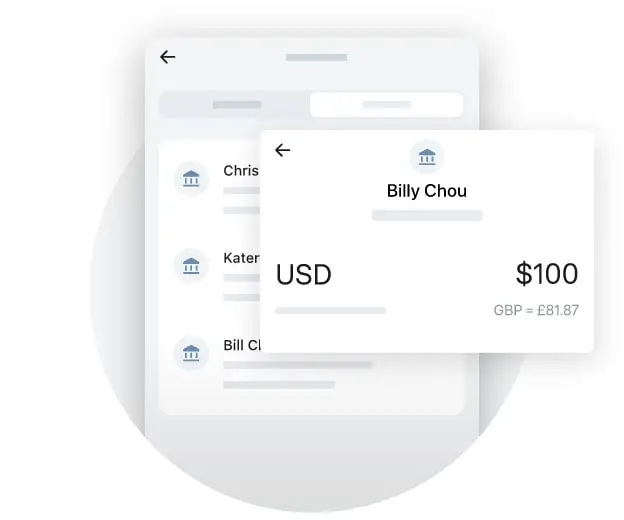
Implementation of Data Privacy and Security Protocols
The privacy and security of user data is important not only in terms of application security, but also in terms of legal and ethical responsibilities. In your money transfer application, it is necessary to keep users' personal and financial data confidential and to comply with security protocols that comply with industry standards.
- Using Security Protocols Compliant with Industry Standards: Security protocols that comply with industry standards such as PCI DSS (Payment Card Industry Data Security Standard) should be used for the security of the application. These protocols guarantee that data is processed and stored securely during the application's payment transactions. In addition, secure communication protocols such as SSL/TLS should be used in your application's data storage and transfer processes.
- Data Anonymization and Masking: Sensitive data of users can be anonymized or masked within the application. This ensures that the data can only be accessed when necessary and by authorized persons. For example, card numbers are not displayed in full during payment transactions, instead only the last four digits may be visible. Such measures increase data security and protect users' privacy.
- Data Breach Protocols: In the event of a data breach, it is very important to inform users and find a solution quickly. When a security breach occurs in your application, users should be informed immediately and the necessary steps should be taken. In addition, preventive security measures that should be taken before a data breach occur should be carefully designed to prevent any breach.
In conclusion, the security of a money transfer application consists of various measures taken to protect users' information. Security measures such as encryption, two-factor authentication, and biometric verification increase the security of the application while also gaining users' trust. Compliance with data privacy and security protocols ensures that legal requirements are met and supports the long-term success of the application.
7. Application Integrations and API Usage
Payment Systems and Banking Integrations
Money transfer applications must integrate with payment systems and banking infrastructures so that users can perform their financial transactions securely and quickly. These integrations are of great importance for the application to operate efficiently and for users to have a seamless experience within the application.
- Payment Gateways and Secure Integrations: Payment transactions are one of the most critical functions of money transfer applications. Payment gateways such as PayPal, Stripe, Braintree allow users to make fast and secure transactions using different payment methods (credit card, debit card, digital wallets, etc.). The integration of these gateways secures payment transactions and offers users a variety of payment options. In addition, integrations that meet security requirements such as PCI DSS compliance ensure the security of payment processes.
- Integration with Banking Systems: Your application allows users to make money transfers directly through their accounts by establishing secure integrations with bank accounts and financial institutions. Such integrations can be made with banking systems such as SWIFT, ACH (Automated Clearing House) and ensure that both parties perform secure and accurate transactions. APIs are used to manage these processes, allowing integrations to be made easily and quickly.
- Compatibility through APIs: The use of APIs (Application Programming Interface) is important for the application to be compatible with different banking systems and payment gateways. APIs allow your application to exchange data with other systems. API integrations should be done with strong encryption and authentication methods to ensure data security.
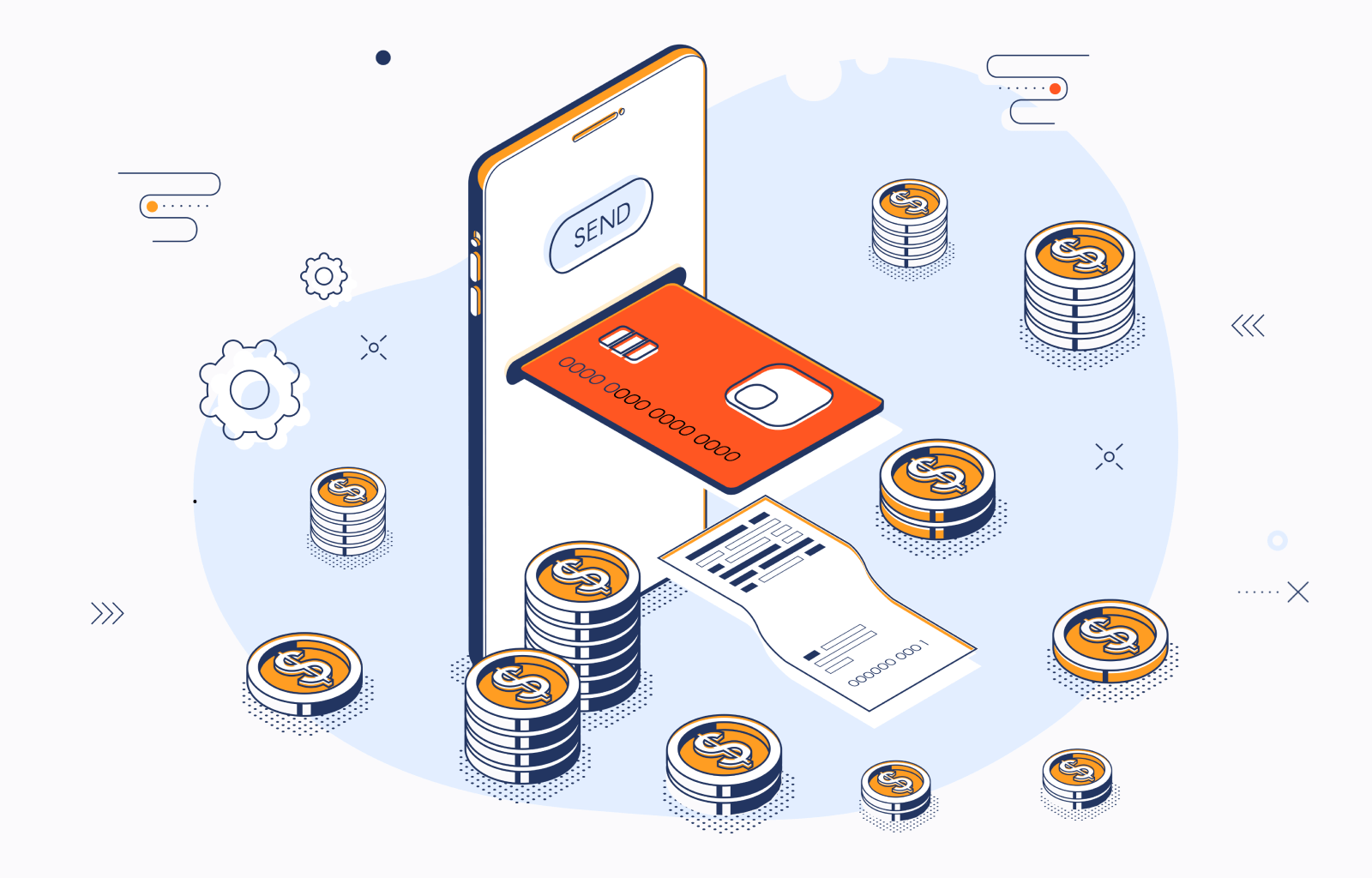
Other Third-Party Integrations
A money transfer app should integrate not only with payment systems, but also with in-app ads, analytics tools, and other third-party services. These integrations extend the functionality of the app and improve the user experience.
- In-App Ads: Your money transfer app can use in-app ads to generate revenue. Integration with ad networks like Google AdMob, Facebook Audience Network allows you to serve targeted ads to the audience that makes up your app’s user base. Such integrations keep the app free and create additional revenue streams for developers.
- Analytics and Tracking Systems: Analytics tools are essential to measuring the success of your app and understanding user behavior. Platforms like Google Analytics and Mixpanel show you how users are interacting with your app, which features are more popular, and which areas need improvement. Such analytics provide critical information to optimize the user experience and plan for future development of the app.
- Third Party Services and APIs: Integrations can be made with various third-party services and APIs to increase the functionality of your app. For example, Google OAuth or Facebook Login integration for user authentication processes allows users to log in more easily. In addition, KYC (Know Your Customer) APIs can be integrated to verify users' credentials.
These integrations enrich the user experience of the app while also increasing its security and functionality. Each integration allows users to have a more seamless and efficient experience and helps the app to have a strong position in the market.
8. App Release and Marketing Strategies
App Release
Once your app has been successfully developed and tested, it needs to be released to meet users. However, the app release process goes beyond just being visible on platforms like Google Play and the App Store. Each platform has its own guidelines and requirements, and meeting these will ensure that your app meets users seamlessly.
-
Publishing on Google Play and App Store: In order for your app to be published successfully on both platforms, you must follow the platform-specific guidelines and requirements. For Google Play, you can submit your application by uploading the APK file of your Android app and providing the necessary text and images. Similarly, you must follow the iOS platform-specific guidelines to publish your app on Apple's App Store. Elements such as app content, user privacy, payment systems and security measures are carefully examined on both platforms. During this process, it is very important for your app to be of high quality, comply with platform policies and have features that will enhance the user experience.
-
Guidelines and Requirements Required for Platforms: Each platform has its own guidelines for publishing your app on Google Play and the App Store. For example, elements such as your app's descriptions, screenshots, app icons and promotional videos must be uploaded correctly on both platforms. In addition, the necessary permissions and documents may be requested to ensure the security and privacy of the data contained in your app. In order for your app to be approved successfully, you must carefully examine and fulfill all these requirements.
Marketing Strategies
Developing a money transfer app is not only technically successful, but also requires the right marketing strategies to ensure its adoption by users. An effective marketing plan increases the visibility of your app, accelerates user acquisition, and ensures the success of your app. Here are effective marketing strategies:
- Digital Marketing and SEO: Digital marketing is very important for the promotion of your app. SEO (Search Engine Optimization) allows you to be more visible in organic search results. You can rank higher in search engines like Google by sharing blog posts, user reviews, and testimonials about your app on your website. You can also create an effective advertising strategy for your target audience using paid digital marketing tools such as Google Ads or social media ads.
- Social Media Marketing: Social media is one of the most effective ways to communicate directly with your target audience and promote your app. You can reach a wide audience by promoting your app on platforms such as Instagram, Facebook, Twitter and LinkedIn. Thanks to social media marketing, users learn about your app, download it and recommend it to their friends. Competitions or campaigns that you organize on social media can also increase user participation.
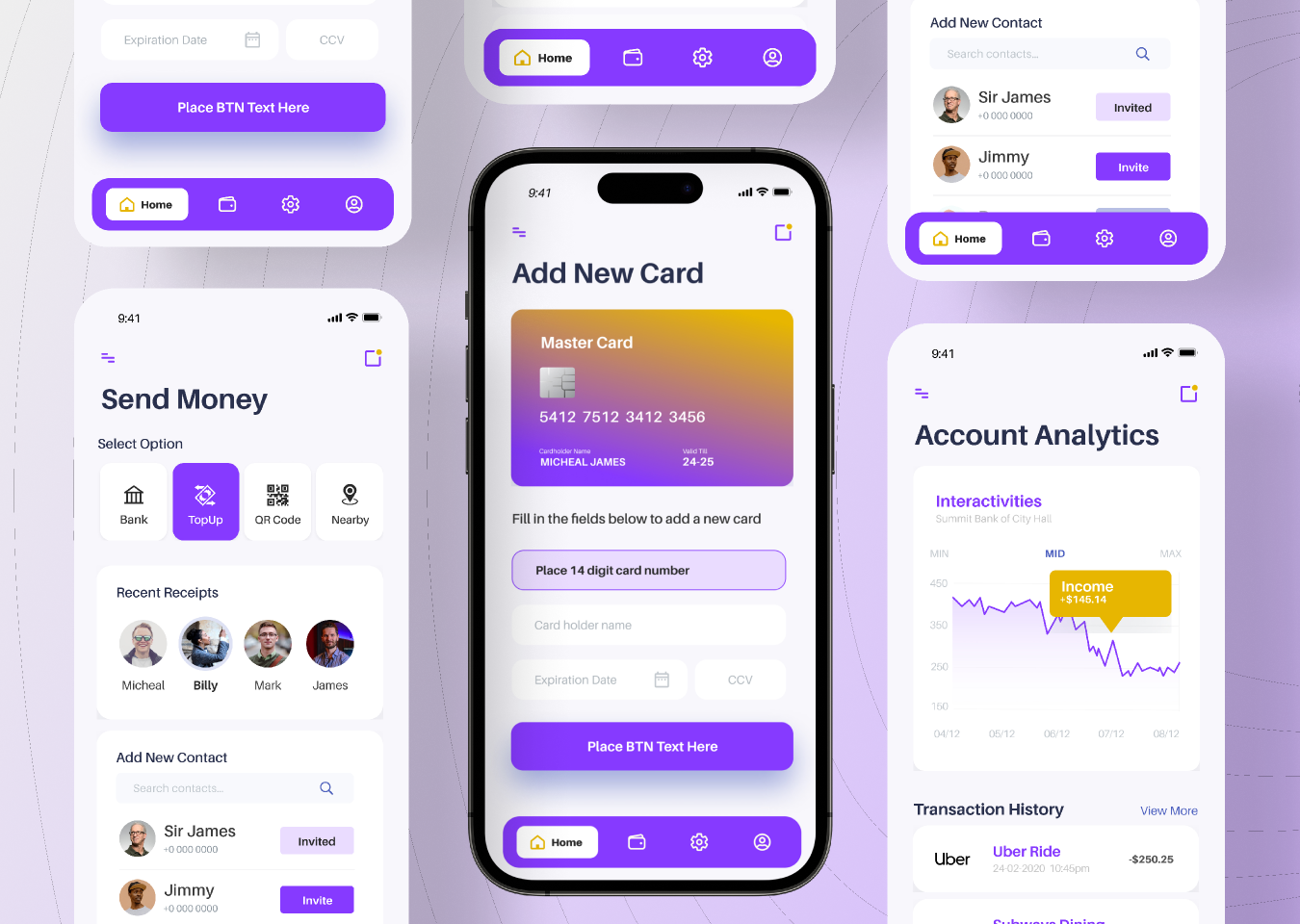
- Content Marketing: Content marketing is a great way to educate users with valuable information about your app and encourage them to use it. You can attract users' attention by creating blog posts, video content, infographics and educational materials about your app. In addition, producing SEO-compatible content will make your app more visible in search engines.
- Promotional Campaigns Targeted to Your Target Audience: Special promotional campaigns targeted to your target audience will make your app popular quickly. For example, you can offer free transfer rights or discounts to first-time users. Campaigns can also help you collect user feedback while promoting your app. Collecting user feedback and analyzing user experiences will help you gain more users by improving the quality of your app.
In order for your marketing strategies to be successful, you should constantly analyze, determine which channels are most effective, and update your strategy as needed. In this way, you can both increase the visibility of your app and quickly expand your user base.
9. Constant Updates and Support
Regular Updates and New Features
The success of a money transfer app depends on keeping it up-to-date and user-friendly, not just after it’s launched. Your users’ needs may change over time, so it’s important to keep your app updated regularly. Regular updates are essential to fix bugs, add new features, and improve performance.
- Updates Based on User Feedback: Feedback from your users is your most valuable resource for improving your app. Gathering this feedback helps you understand the problems users are facing and the innovations they need. By taking into account user complaints and demands, you can identify improvements to be made to your app and address these issues with each update.
- New Features and Performance Improvements: It’s important to keep adding new features to your money transfer app to stay competitive. This will attract users and make your app more valuable. For example, innovations such as faster transfer times, new payment methods, or more comprehensive security features can encourage users to use your app more often. Furthermore, constantly improving the performance of the app ensures that users have a smooth experience.
Customer Support and Feedback Collection
The success of your app is not only about the technical side, but also about the user experience. User satisfaction is crucial for them to adopt and use your app again. Effective customer support services and regular feedback collection methods play a big role here.
-
Providing Customer Support: Responding quickly and effectively to the problems your app users encounter will help you gain their trust. Your customer support team should have the training and resources to resolve user questions and complaints. You can also provide different support channels such as a live support line, email responses, or in-app messaging to quickly answer user questions.
-
Gathering Feedback: Collecting user feedback will help you understand where your app is strong and where it needs improvement. It is possible to collect feedback through methods such as surveys, user reviews, and social media interactions. By analyzing this feedback, you can integrate adjustments and innovations into your app that will provide a better experience for users. In addition, taking user feedback seriously increases their loyalty to your app and creates a continuous improvement cycle.
Continuous updates and effective customer support will ensure the long-term success of your money transfer app. Making regular improvements, both technically and in terms of user experience, will help your app stand out in a highly competitive market.
Conclusion
Important Tips for Money Transfer App Success
There are several critical factors for a money transfer app to be successful. First, user experience (UX) should always be at the forefront. A user-friendly design and a smooth transaction process ensure the adoption of the app. Security should also always be at the forefront; taking robust security measures to protect users’ financial data ensures the success of the app. Legal compliance is also critical for the operational sustainability of the app. Complying with regulations such as AML, KYC, and GDPR ensures that the app operates validly.
Final Steps to Take for Your App to Be Successful
To achieve success, it is necessary to carefully monitor every stage of your app. Once the release process is complete, collecting user feedback and making adjustments based on this feedback is important for continuous improvement. It is necessary to create digital marketing strategies and SEO work for the app to gain a solid place in the market. By adding future enhancements and new features, you can always keep the user experience fresh and appealing. Ultimately, your money transfer app will succeed not only with the right technology and security measures, but also with your user-centric approach.
“Writing is seeing the future.” Paul Valéry


